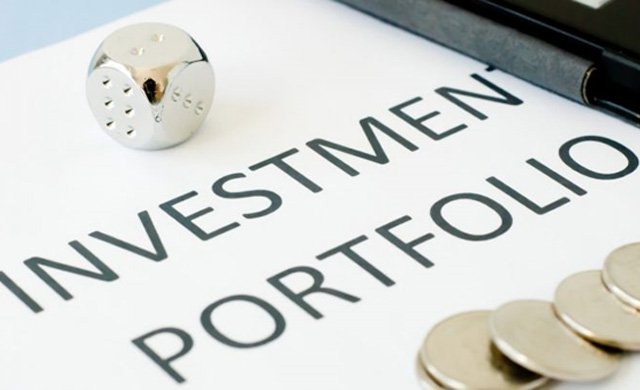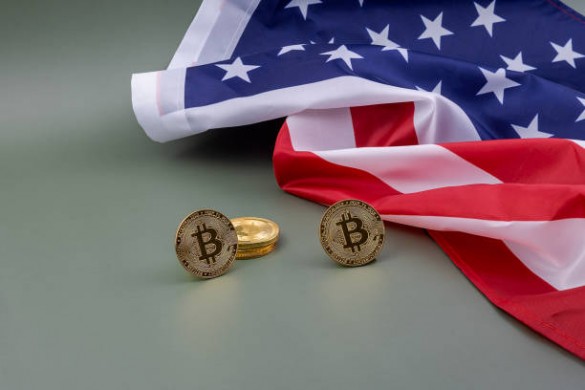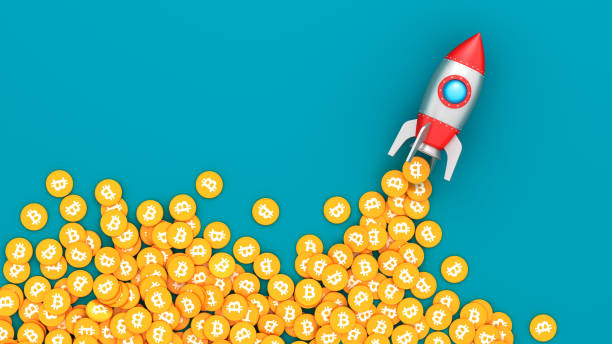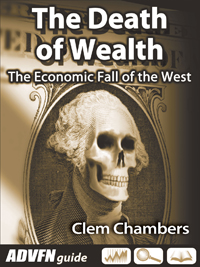With inflation falling and the economy still resilient, expectations grew that the Federal Reserve could soon change the course of monetary policy without pushing the economy into recession.
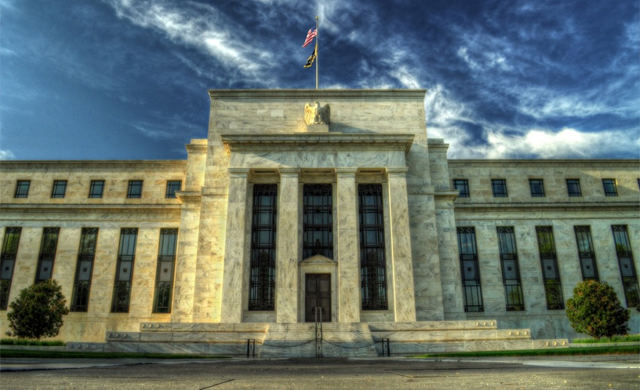
In particular, investor optimism was boosted by news that the US core PCE index slowed to a 30-month low of 3.5% and rose 0.2% month-on-month, below its long-term average of 0.26%.
It was also bolstered by the upward revision of US GDP, indicating an acceleration in growth to its fastest pace in almost two years, reducing the risk of recession.
Finally, relatively dovish comments from two FOMC members generated further enthusiasm for rate cuts. Fed funds futures now indicate a 48.1% probability of a cut in May.
Funds flooded the markets, especially fixed-income funds, more than equities.
While the S&P 500 index rose 1% in a week, approaching 4,600 points, and the DXY dollar index retreated 0.2%, ten-year US Treasury yields fell a remarkable 5.3%.
Still, strategists warn that sentiment could quickly reverse if continued strength in the domestic economy forces Federal Reserve officials to keep monetary policy relatively tight.
For now, however, ten-year and other maturities are expected to continue to fall, but probably not as fast as two-year yields, which could kill investment in a key part of the Treasury yield curve.
Gold spot price could also get a further boost to new records.
As for the OPEC+ meeting, they have simply agreed to extend oil production cuts rather than implement an additional production cut of one million barrels.
All cuts will be voluntary and announced individually by the various countries in the group. Given the lack of commitment from some partners, we could say that divisions remain entrenched in OPEC.
Meanwhile, the market believes that the OPEC cut could be insufficient to counteract the expected increase in (non-OPEC) supply and the seasonal drop in demand.
There has also been positive news on the macroeconomic front in the eurozone: inflation fell to its lowest level in 2 years, standing at 2.4% in November, down from 2.9% the previous month.
As a result, investors believe that the ECB is unlikely to raise interest rates further. More importantly, if this trend continues, the ECB could start cutting rates as early as spring.
Driven by these expectations, European 10-year government bond yields fell by more than 10% in one week, while the STOXX Europe 600 rose by 1.4%.

 Hot Features
Hot Features

